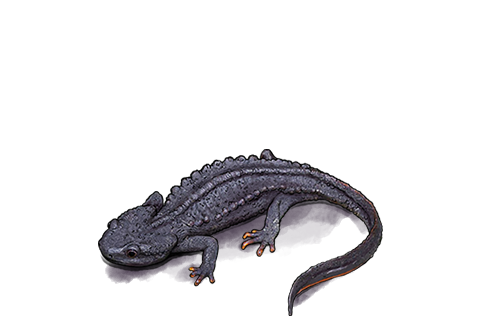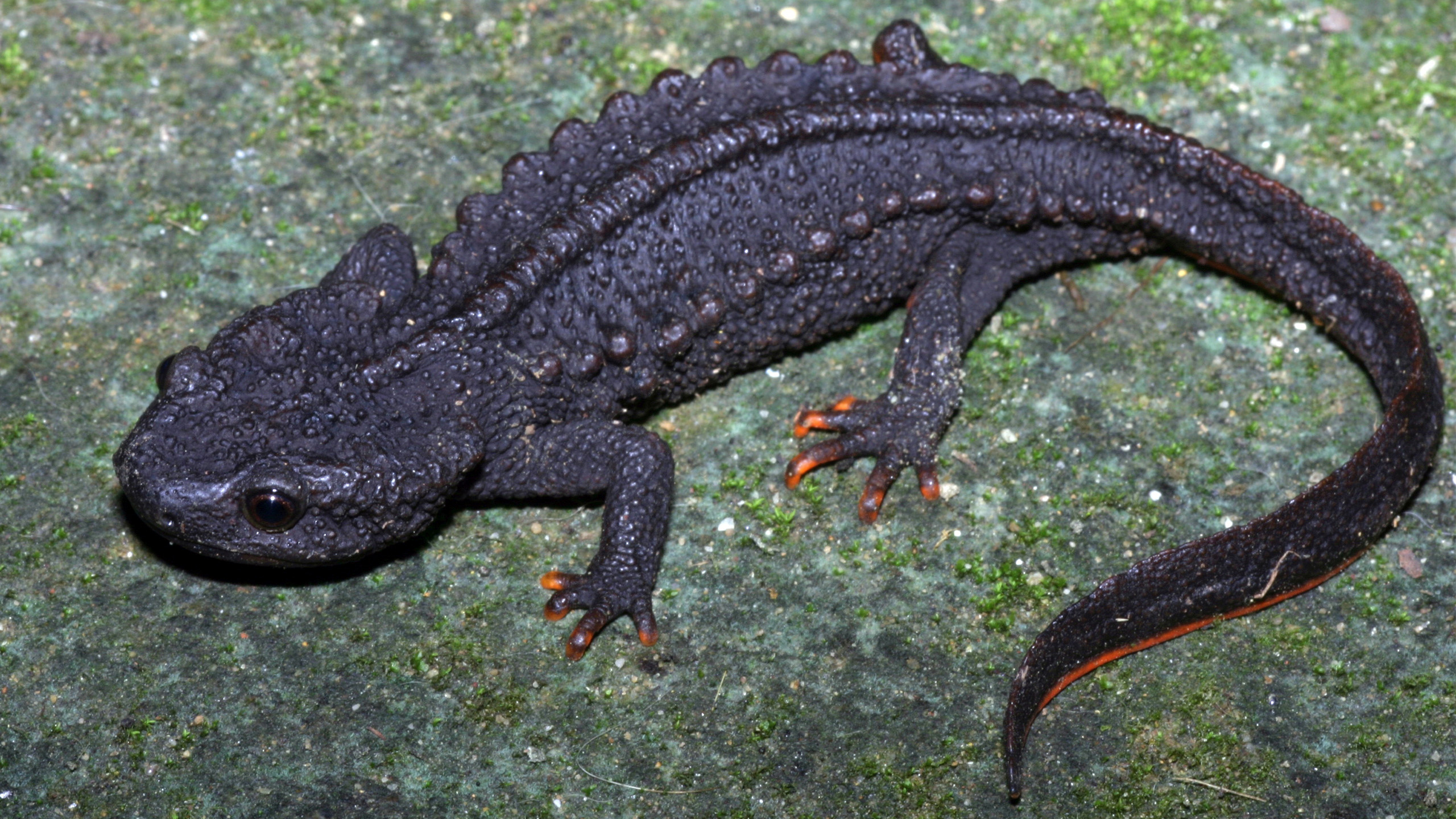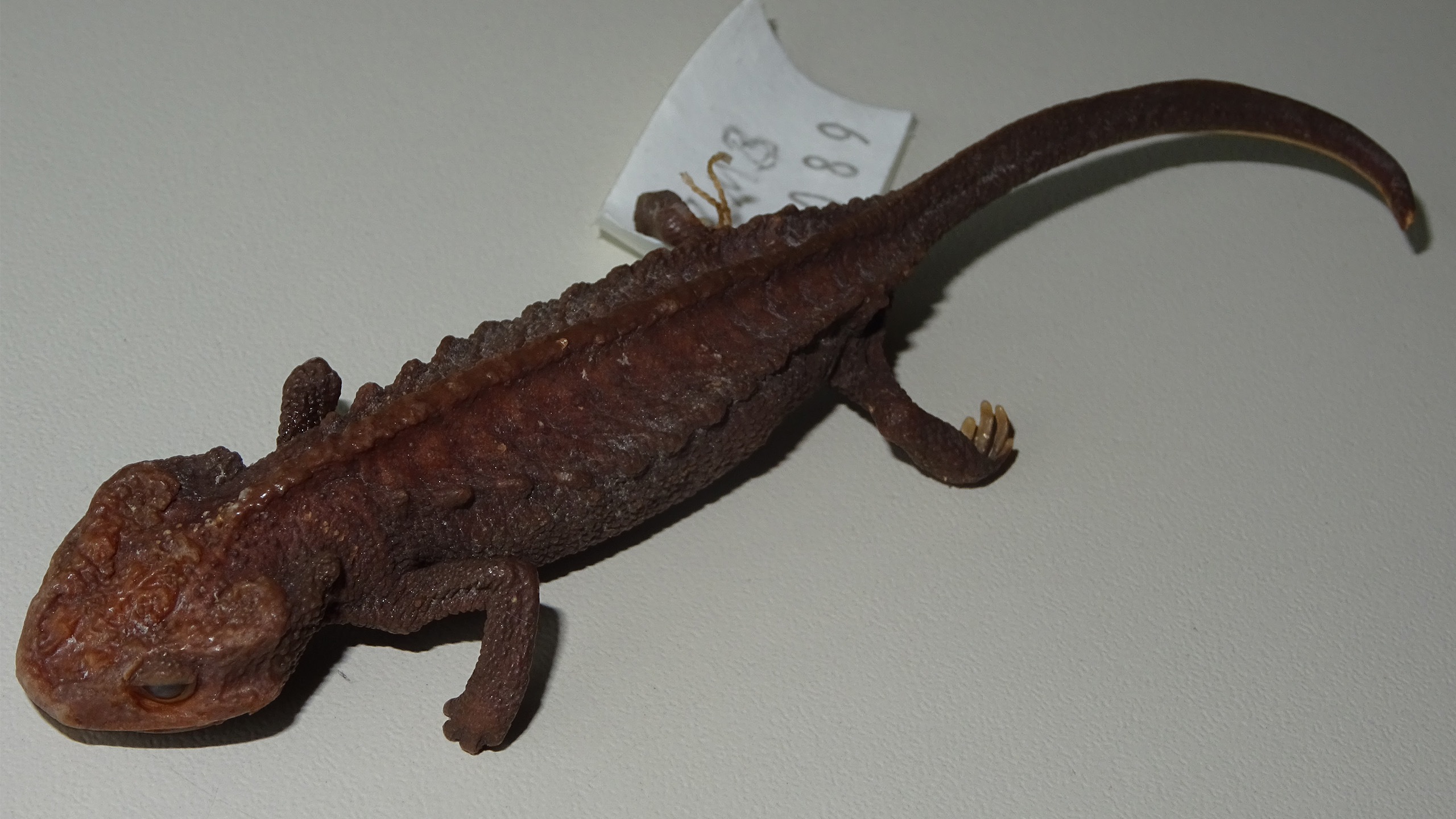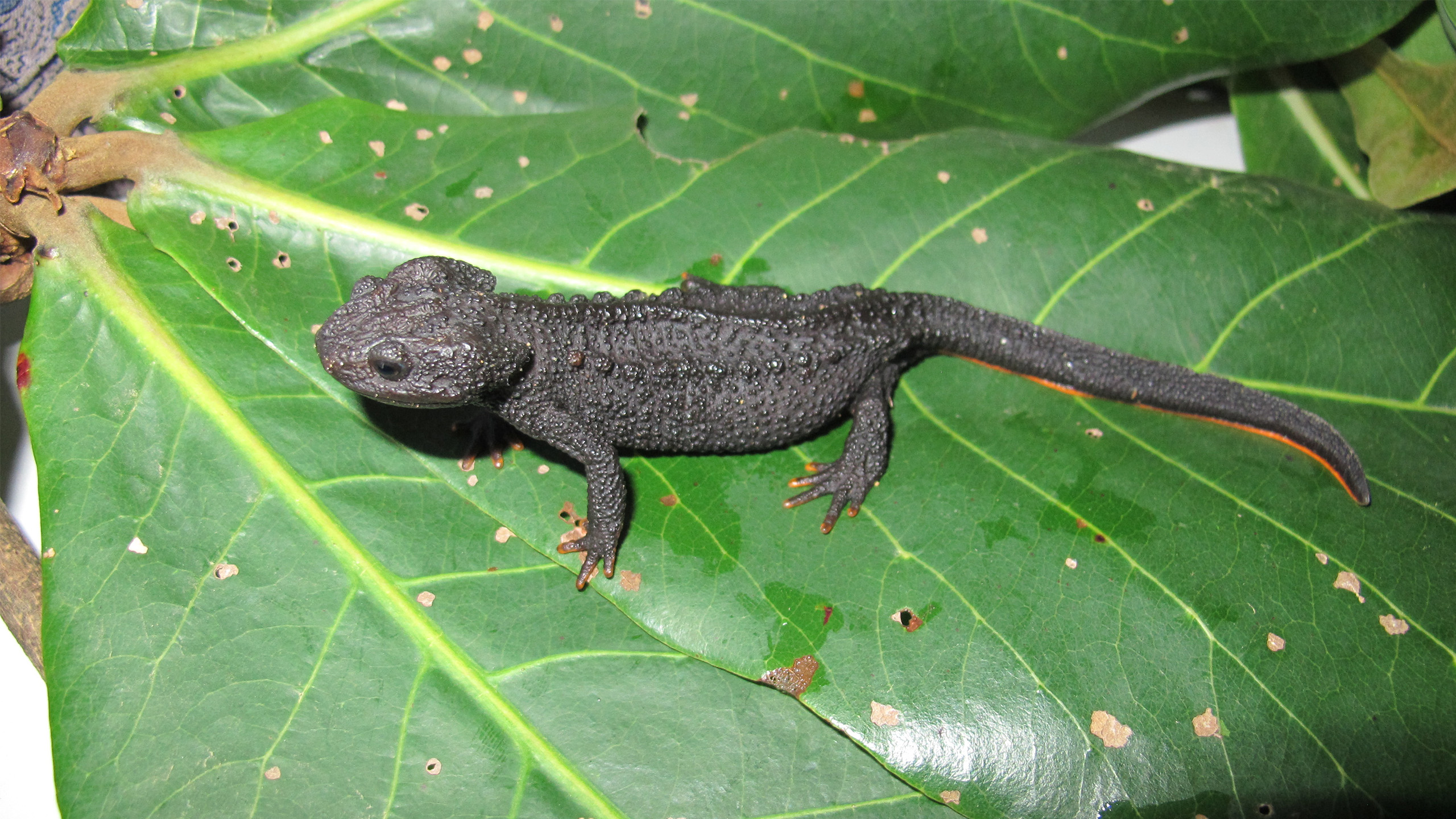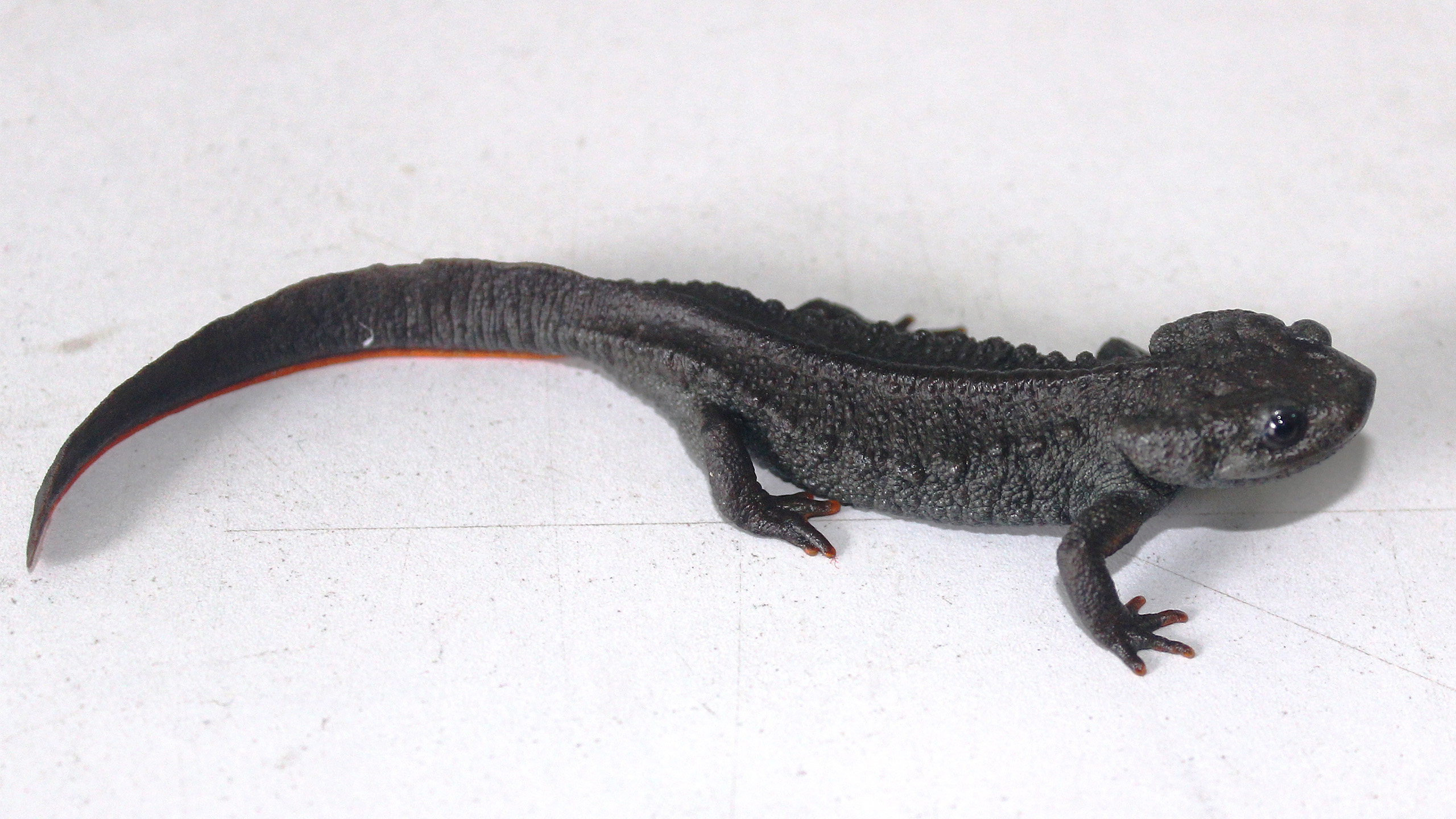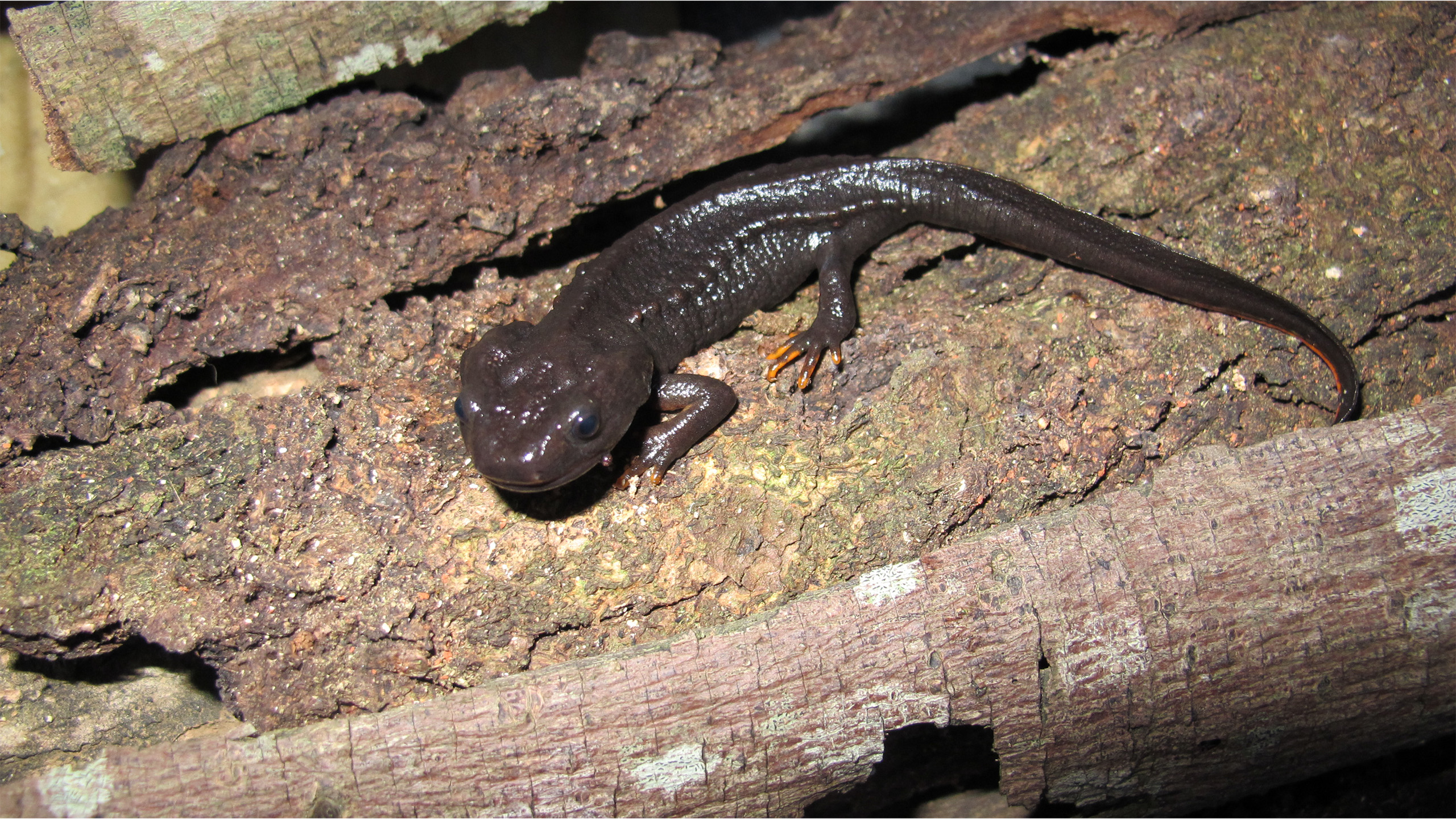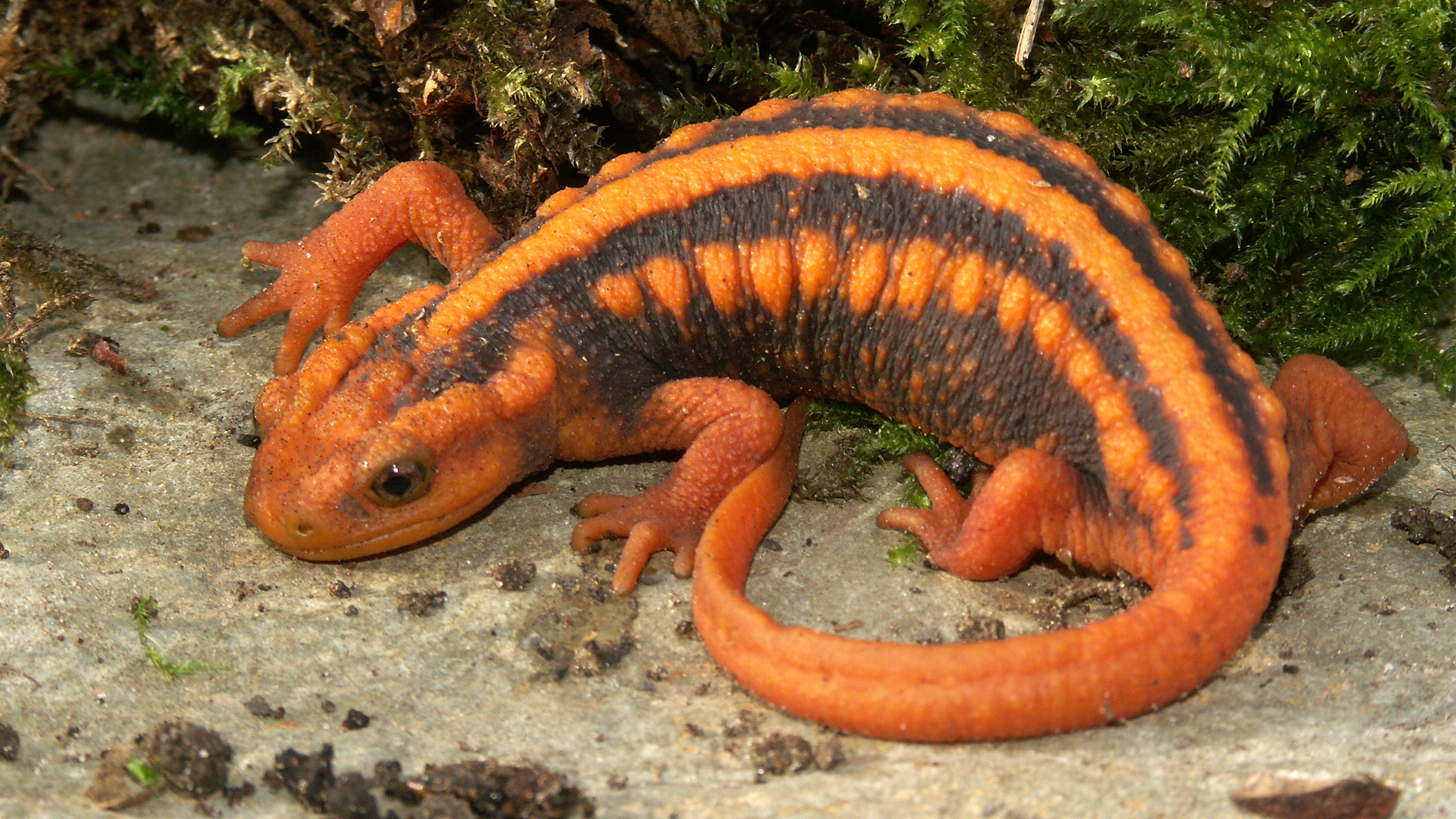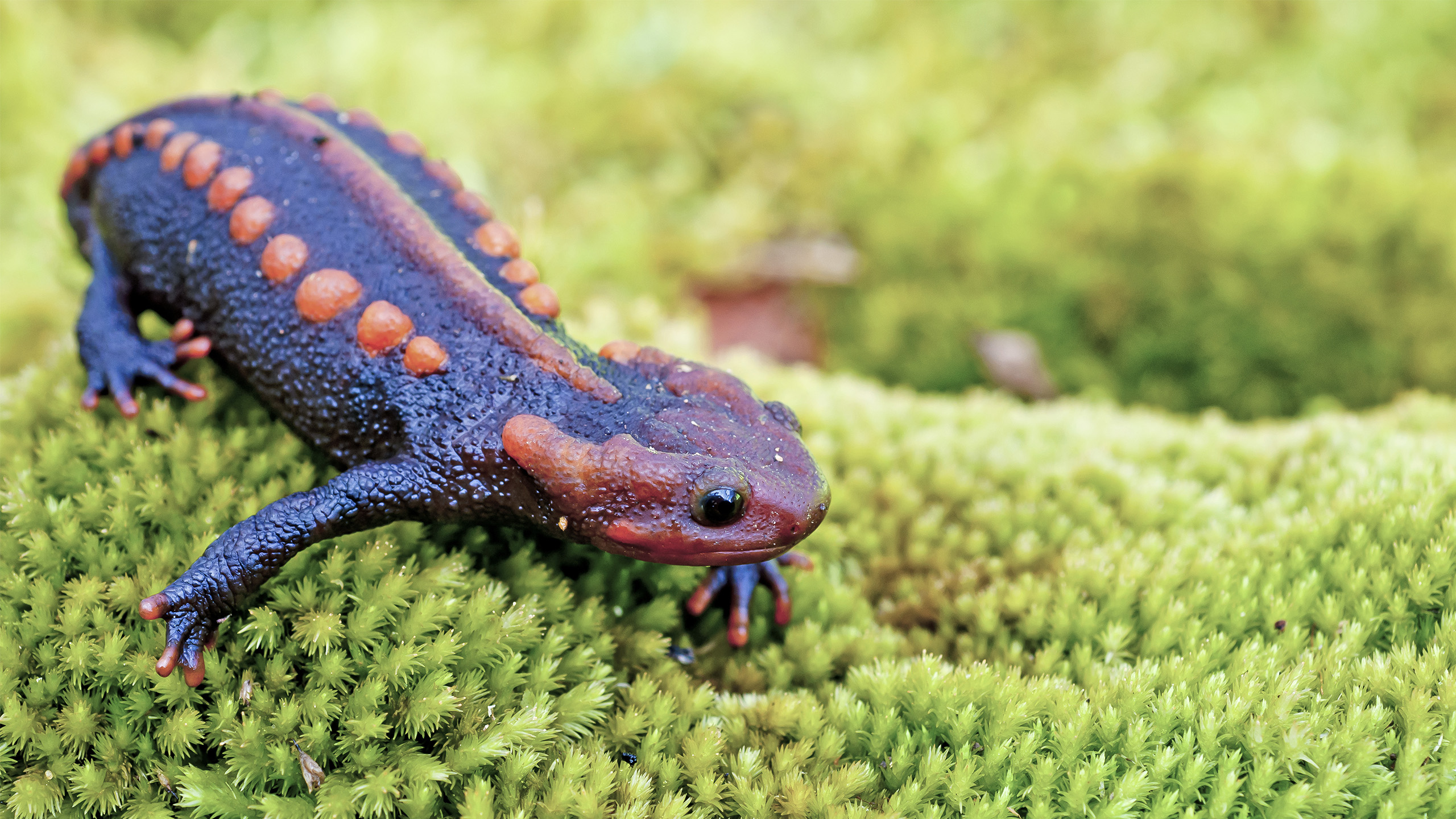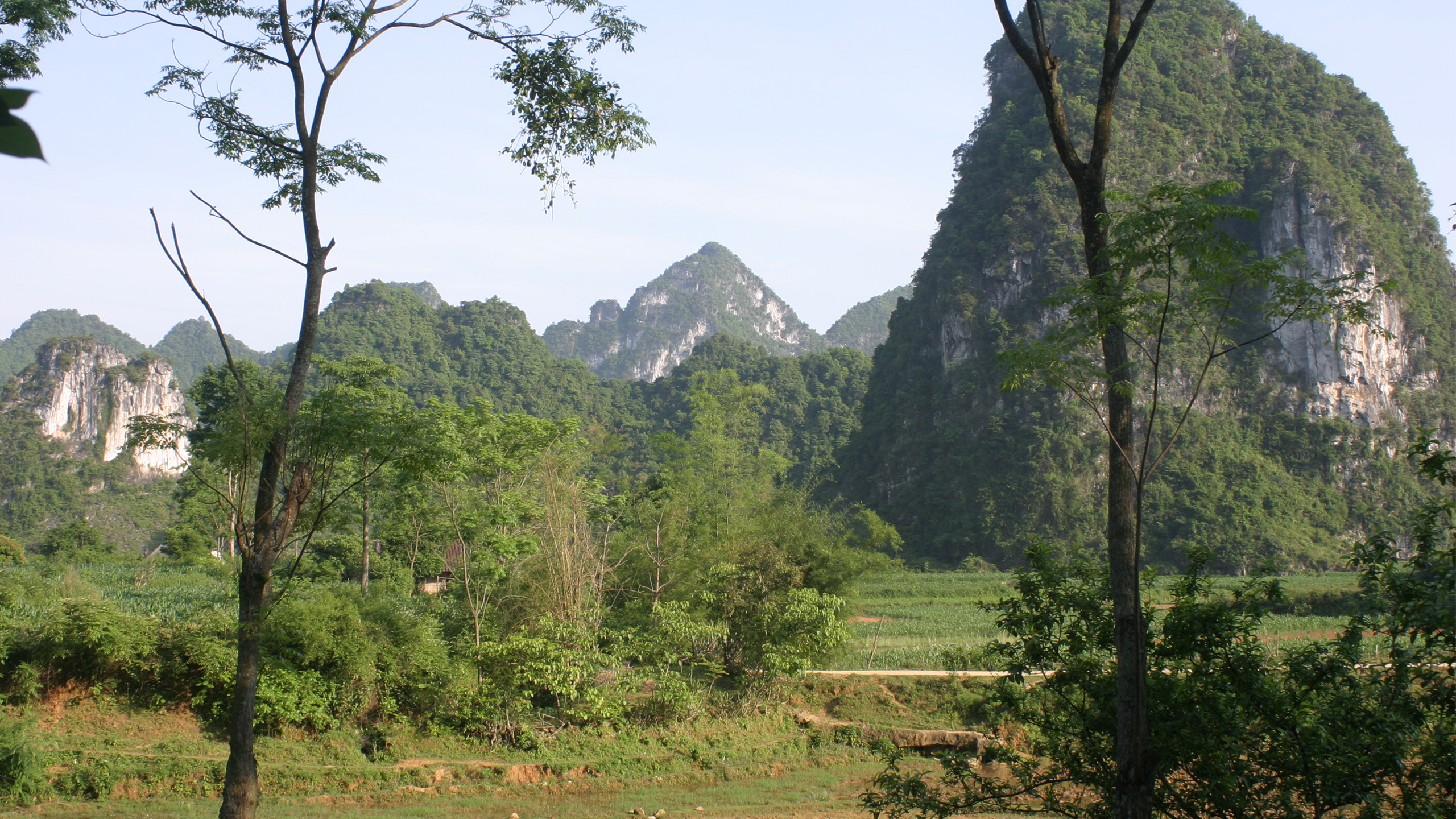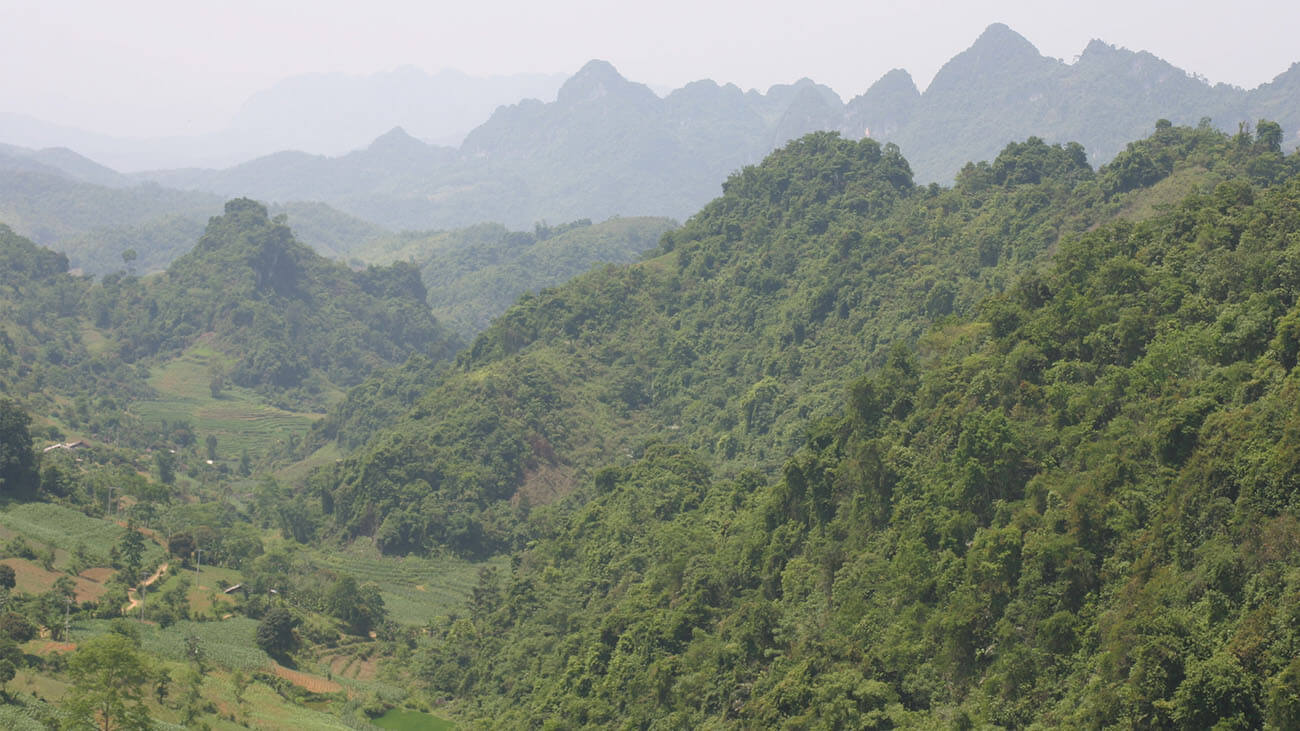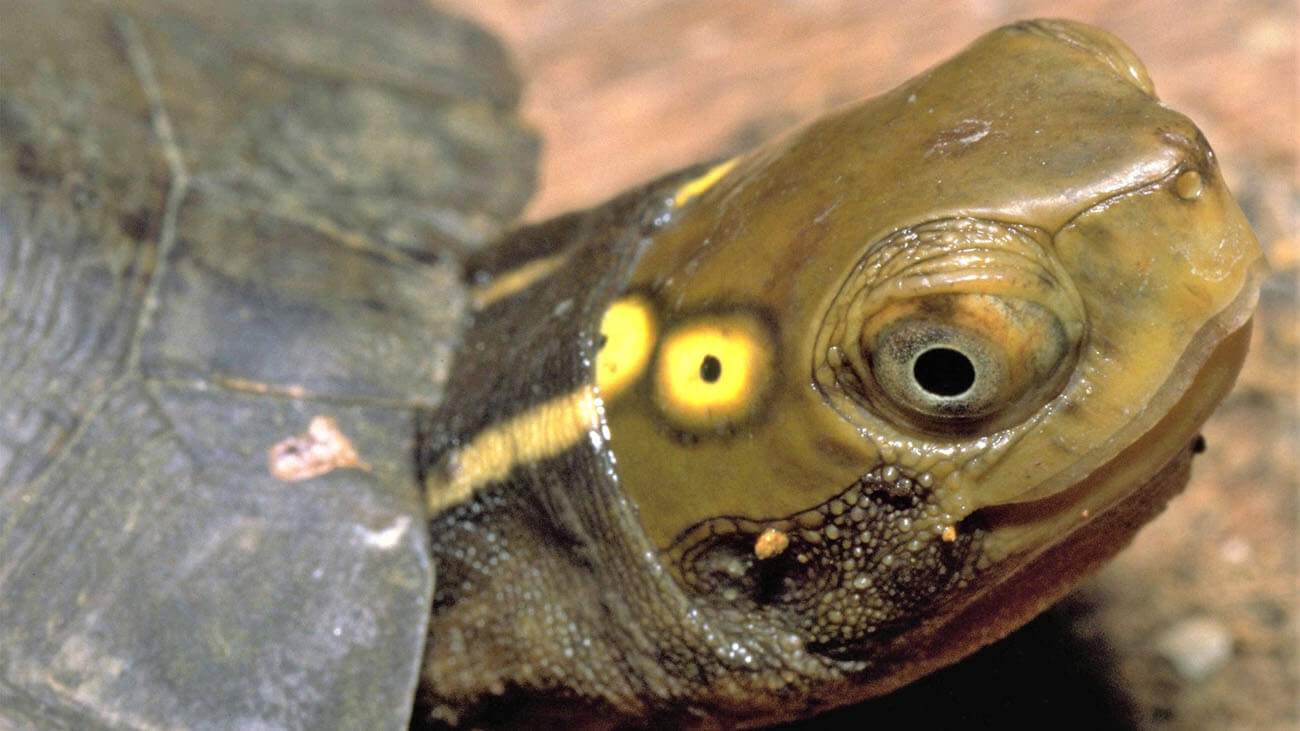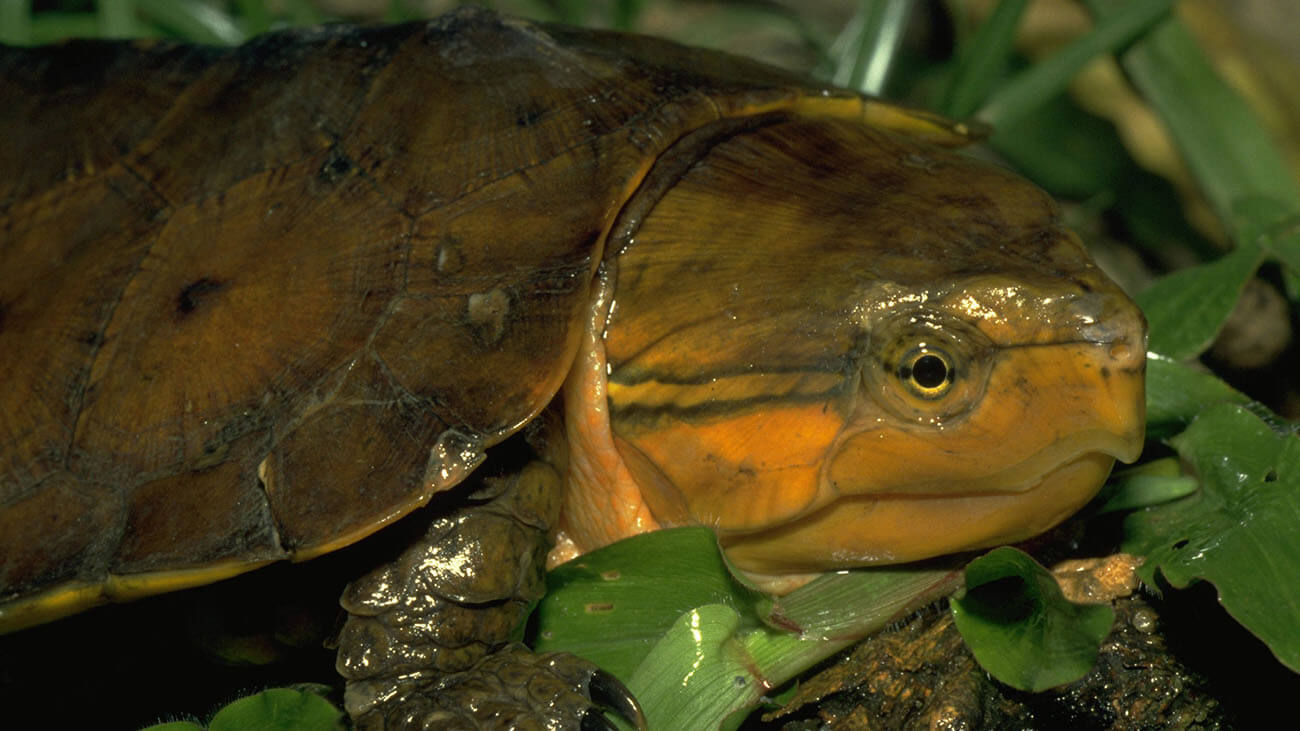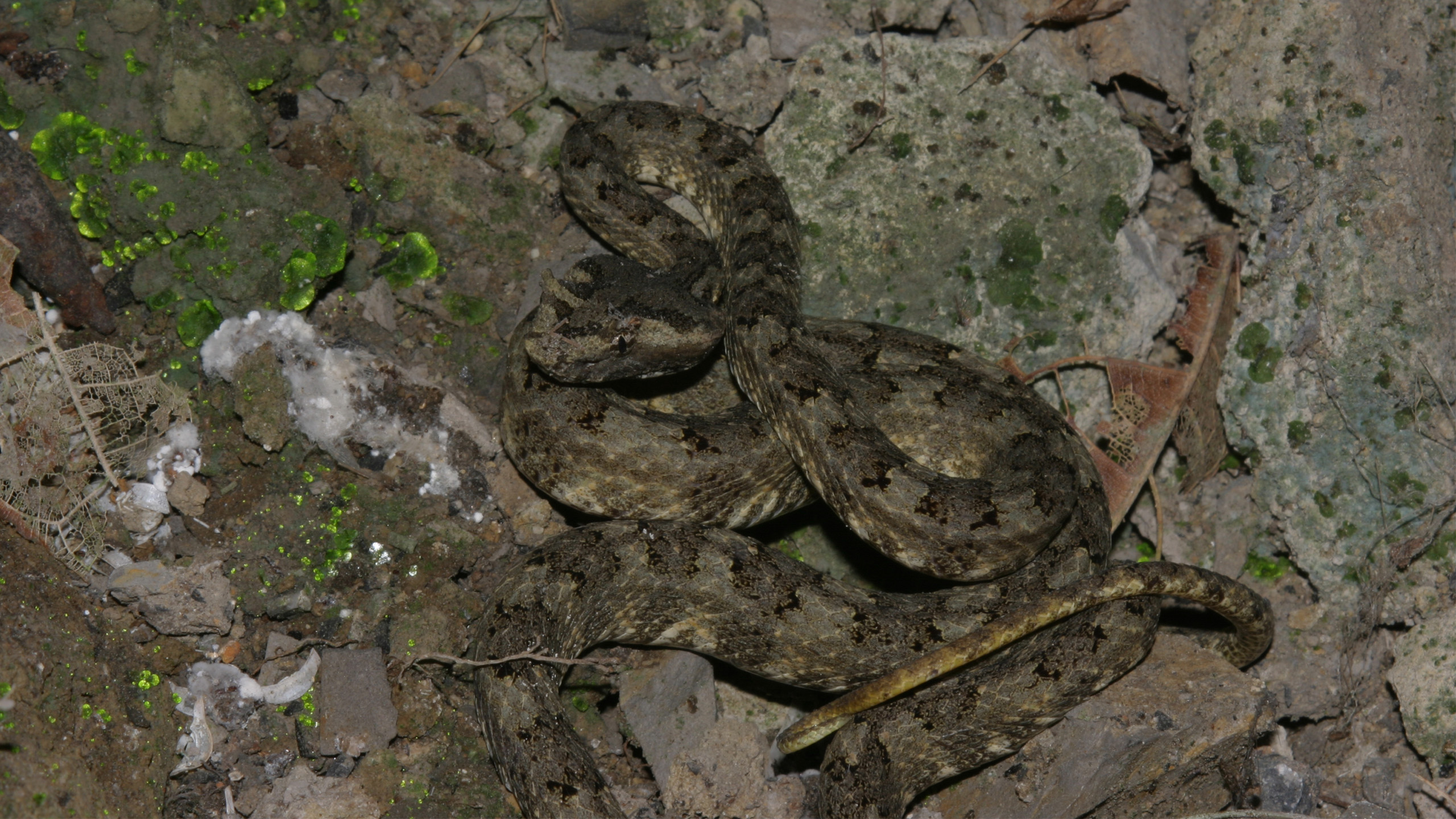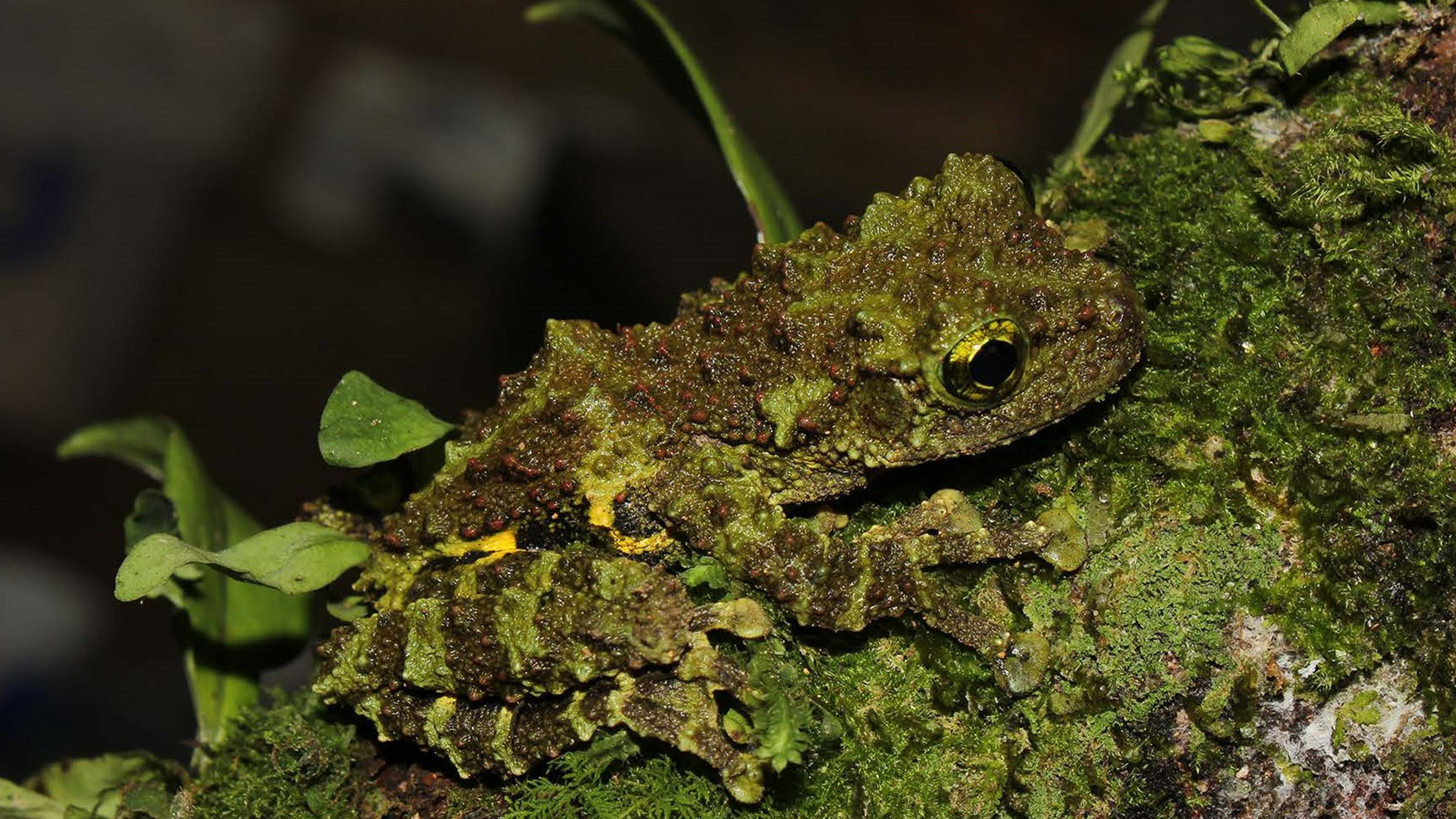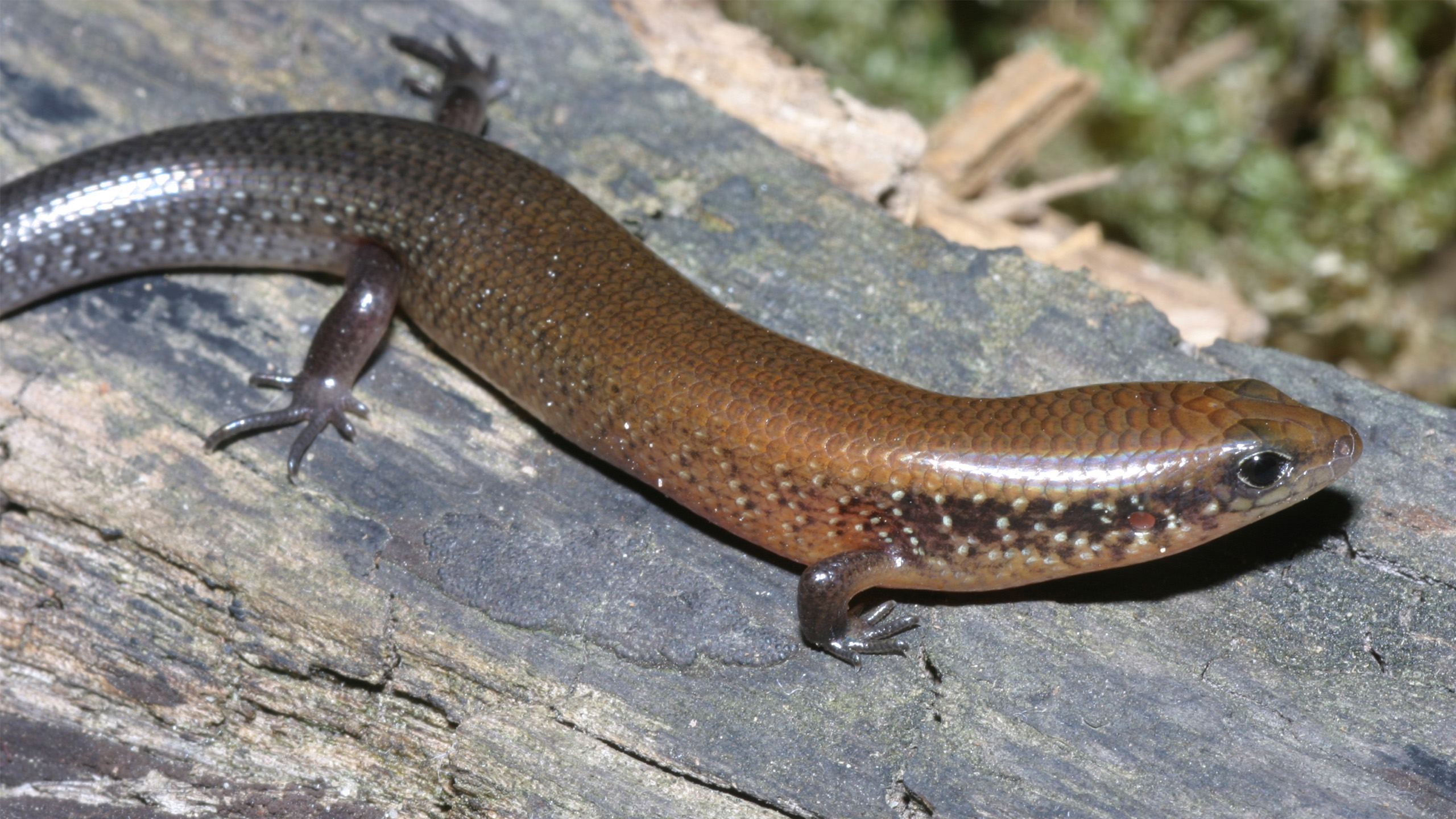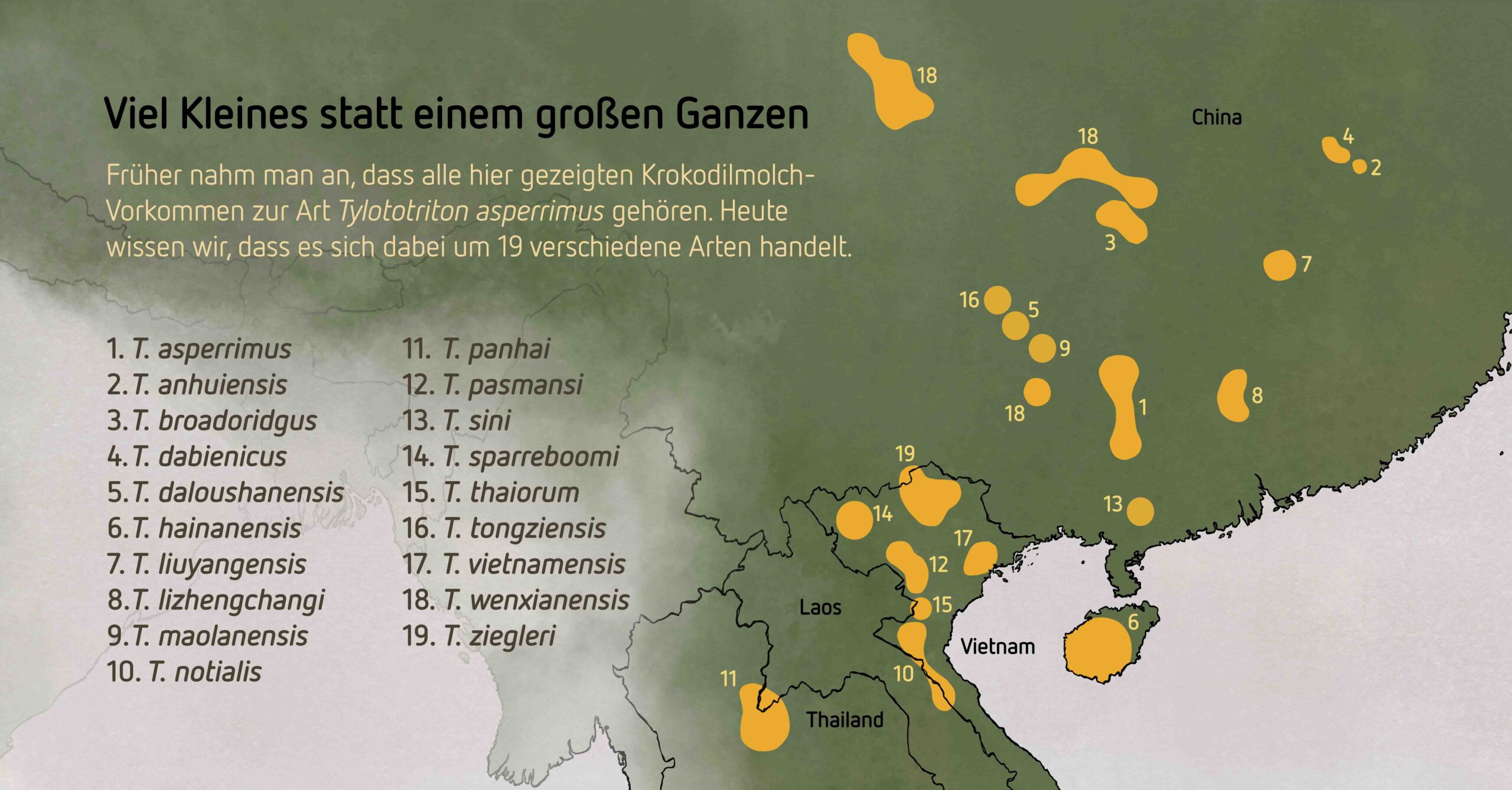Zieglers Krokodilmolch
Tylototriton ziegleri
Zieglers Krokodilmolch
Tylototriton ziegleri
Zielvorgabe CC
30 Haltende
Stand 11/2025
Zielvorgabe CC
185 Tiere
Stand 11/2025
Zielvorgabe CC
30 Haltende
Stand 11/2025
Zielvorgabe CC
185 Tiere
Stand 11/2025
Manchmal lohnt eben ein genauerer Blick. 1930 wurde ein schwarzer Molch mit recht warziger Haut und auffälligen, längs verlaufenden Leisten hervorstehender Knubbel auf der Mitte und an den Seiten des Rückens unter dem Namen Tylototriton asperrimus wissenschaftlich beschrieben. Mit dem deutschen Namen Stacheliger Krokodilmolch ist sein Aussehen ganz gut veranschaulicht. Sein Verbreitungsgebiet erstreckt sich über die subtropischen, immergrünen Wälder in weiten Teilen des zentralen und südlichen Chinas sowie des nördlichen Vietnams – dachte man.
Krokodilmolche
Von eins auf neunzehn
Bis Forschende tatsächlich einen genaueren Blick auf diese Krokodilmolche warfen – und überrascht feststellten, dass sich hinter dem scheinbar weit verbreiteten Stacheligen Krokodilmolch in Wirklichkeit eine ganze Reihe ähnlich aussehender, aber doch eindeutig unterschiedlicher Arten versteckte. Die Zahl der Krokodilmolche explodierte in den letzten zwanzig Jahren geradezu. Ende 2022 waren aus dem ursprünglichen Tylototriton asperrimus bereits 19 verschiedene Arten geworden, die sich nicht nur genetisch, sondern auch in vielen morphologischen und biologischen Details klar voneinander unterscheiden.
Im Reich von Zieglers Krokodilmolch
Plötzlich gefährdet
Wenn sich herausstellt, dass eine Art, die als weitverbreitet gilt, in Wirklichkeit nur eine Sammelbezeichnung für viele Arten ist, die jeweils nur relativ kleine Gebiete bewohnen, hat das gravierende Auswirkungen in Sachen Artenschutz. Denn das Verschwinden einzelner Populationen ist vielleicht noch zu verschmerzen, wenn die Art an genug anderen Orten vorkommt. Wenn sich aber herausstellt, dass die anderen Populationen gar nicht zu dieser Art gehören, sondern eigenständige Arten sind, verändert sich die Gefahrenlage schlagartig.
„So wurde aus dem Namenspaten sozusagen ihr Schutzpatron.“
Grenzgänger
So ist es auch bei Zieglers Krokodilmolch. Die erst im Jahr 2013 beschriebene Art ist ausschließlich aus kleinen Regionen im Grenzgebiet von China und Vietnam bekannt. Ihr Lebensraum ist gefährdet durch Abholzung und landwirtschaftliche Nutzung. Besonders die zur Fortpflanzung unabdingbaren temporären Kleingewässer leiden unter den Veränderungen – was das Aus für diesen urig aussehenden Molch bedeuten würde.
Vom Paten zum Patron
Der Namenspate von Zieglers Krokodilmolch ist Professor Thomas Ziegler, der Kurator des Aquariums am Kölner Zoo, wo auch die wiederholte Nachzucht dieser bedrohten Art gelang. So wurde aus dem Namenspaten sozusagen ihr Schutzpatron. Und da Thomas Ziegler sich zudem auch noch im Beirat von Citizen Conservation engagiert, ist es natürlich Ehrensache, dass wir zum Aufbau einer Erhaltungszucht für diesen seltenen und gefährdeten Krokodilmolch beitragen wollen.
Für Halter
Basisinformationen zu Biologie und Haltung
Zieglers Krokodilmolch lebt am Boden von Regenwäldern bis in mittlere Höhenlagen. Gepflegt wird er in mittelgroßen Terrarien mit einer Grundfläche von 50 – 80 x 40 – 50 cm und einem kleinen Wasserteil bei Temperaturen von 18 – 24 C°. Zur Fortpflanzung ist ein Wechsel von Trocken- zu Regenzeit entscheidend. Die Molche fressen z. B. Würmer und Asseln, die Larven Tubifex, Wasserflöhe u. a.
